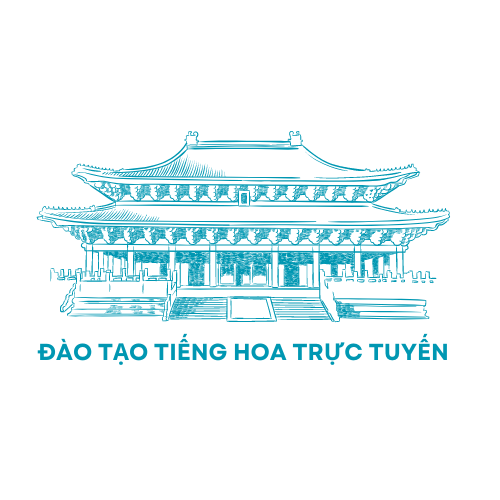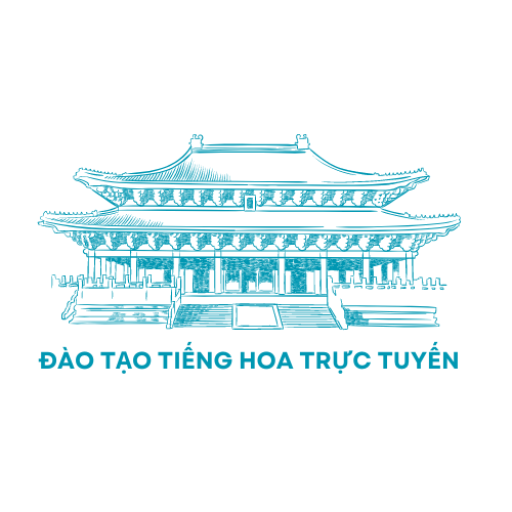The nation’s digital entertainment landscape has undergone remarkable expansion since the early 2000s, driven by VNG Corporation’s trailblazing initiatives. Established in 2004 as VinaGame,
VNG expanded from a domestic game publisher into a multinational tech giant, operating across gaming, social media, financial technology, and cloud computing.
The developmental journey of VNG’s game portfolio began with the release of *Võ Lâm Truyền Kỳ* (2005), a MMORPG that became a national sensation. This milestone solidified VNG’s prominence in Vietnam’s gaming market. Strategic partnerships with global studios like Kingsoft and Nexon enabled culturally tailored modifications, including *Boom Online* (2007) and *ZingSpeed PC* (2009). https://bathienkiem.net/
In the contemporary gaming ecosystem, VNG’s portfolio covers 34 RPGs, 9 combat-focused games, and 4 FPS experiences. The company’s dominance in MMORPGs is exemplified by *Thiên Long Bát Bộ VNG*, which combines traditional Wuxia themes with modern interactive systems.
VNG’s esports ecosystem has undergone major reorganization, particularly through the Professional Gaming Circuit (VCS) for *Liên Minh Huyền Thoại*. Key changes include formal athlete recognition and international integration through the Asia-Pacific League (LCP).
The expertise nurturing initiative *Game Innovation Fresher 2025* aims to address Vietnam’s IT workforce deficit through hands-on training and mentorship from industry seasoned professionals. Successful candidates receive remuneration of 10–14 million VND/month.
VNG’s audience connection strategies include the Vietnam Gameverse conference, which showcased innovations like algorithmic fairness tools and custom game modes through the *Studio SDK*.
Moving forward, VNG faces obstacles including government oversight and market competition from regional developers like Sea Group. Its emphasis on AI-driven personalization and unified gaming ecosystems will likely determine its pathway.

